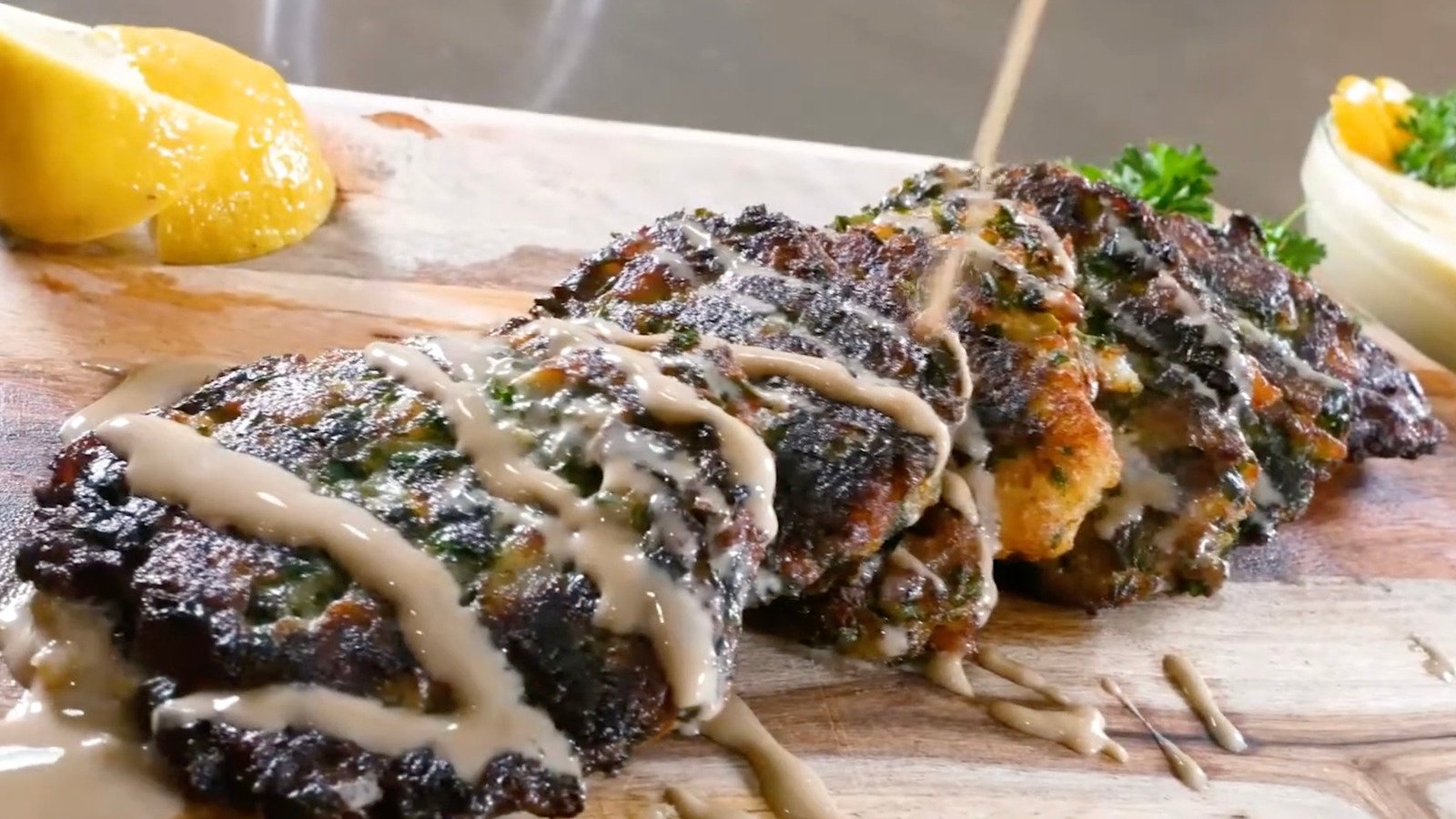Aruk: The Iraqi Latkes Your Hanukkah Table Needs
As Hanukkah approaches, families around the world prepare to celebrate this joyous holiday with delicious traditional dishes. While latkes, crispy potato pancakes, are a staple at many Hanukkah tables, have you ever considered expanding your culinary repertoire and trying something new? Enter aruk, the Iraqi version of latkes, which brings a unique twist to this beloved holiday treat. In this article, we will explore the history of aruk, its ingredients and preparation methods, and why it deserves a place on your Hanukkah table this year.
1. The Origins of Aruk
Aruk is a traditional dish originating from the Jewish community in Iraq. Iraqi Jews have a rich culinary heritage that reflects a fusion of flavors from their Middle Eastern, Persian, and Indian neighbors. These cultural influences resulted in the creation of aruk, a delicious variation of the classic latke.
Recipes for aruk have been passed down through generations, allowing this unique dish to survive and flourish even after the Jewish community in Iraq faced displacement and dispersion due to political events. Today, aruk is cherished by Iraqi Jews and those who have had the opportunity to taste its delectable flavors.
2. Ingredients and Preparation
Like traditional latkes, aruk consists of grated vegetables mixed with flour and eggs. However, what sets aruk apart is the choice of vegetables used. While potatoes remain a key ingredient, aruk incorporates zucchini, carrots, and a variety of herbs and spices to create a delightful medley of flavors.
To make aruk, start by grating equal parts of potatoes, zucchini, and carrots. Squeeze out any excess moisture from the grated vegetables and combine them in a bowl. Add chopped onions, minced garlic, fresh parsley, coriander, cumin, and a hint of turmeric for that distinct Iraqi touch.
Next, mix in eggs and flour to bind the ingredients together. Season with salt and pepper to taste. Heat vegetable oil in a pan and drop spoonfuls of the aruk batter, flattening them slightly with the back of the spoon. Fry until golden brown on both sides, then transfer to a paper towel-lined plate to remove any excess oil.
3. The Flavors of Aruk
What sets aruk apart from traditional latkes is its unique combination of vegetables and spices. The addition of zucchini and carrots adds a subtle sweetness and a vibrant burst of color to the dish. The aromatic herbs and spices infuse the aruk with an exotic Middle Eastern essence that will tantalize your taste buds.
Each bite of aruk offers a harmonious blend of textures and flavors. The crispy exterior gives way to a soft and flavorful interior, with the vegetables providing a delightful freshness. Whether enjoyed on its own or served with a dollop of sour cream or a drizzle of tahini sauce, aruk is a true delight for both the palate and the senses.
4. Aruk: The Perfect Hanukkah Dish
While latkes are a beloved Hanukkah dish, adding aruk to your holiday spread brings a refreshing twist that will surprise and delight your guests. By incorporating aruk into your Hanukkah traditions, you not only honor the culinary heritage of Iraqi Jews but also expand your horizons and expose your taste buds to new and exciting flavors.
Aruk can be served as an appetizer or as a main course, accompanied by a salad or other Middle Eastern-inspired dishes. Its versatility allows you to get creative in how you present the dish, making it a centerpiece for your Hanukkah table.
5. Sharing Cultural Heritage and Stories
Food has a remarkable ability to bring people together, transcending borders and cultural differences. By incorporating aruk into your Hanukkah celebration, you can spark conversations about the history and traditions of Iraqi Jews. You can share stories of resilience, the diaspora experience, and the importance of preserving cultural heritage through culinary traditions.
Through food, we have the opportunity to honor and celebrate diverse cultures, fostering understanding and appreciation. Aruk serves as a symbol of the resilience and adaptability of the Iraqi Jewish community, reminding us of the enduring power of tradition and the joys of sharing a meal with loved ones.
6. Conclusion
As you gather around the Hanukkah table this year, consider adding aruk to your culinary repertoire. This Iraqi twist on the classic latke brings a burst of fresh flavors and cultural history to your celebration. By embracing aruk, you not only expand your taste horizons but also pay homage to the rich culinary traditions of Iraqi Jews. Take a leap of culinary adventure this Hanukkah and discover the joy of aruk!
*Source www.foodrepublic.com




































